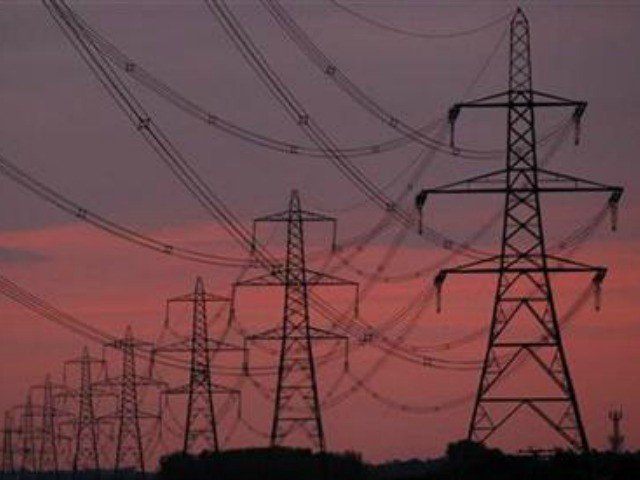California’s commercial and industrial energy costs are about 37% higher than the national average in the continental United States due to Governor Brown’s 33% sustainable energy mandate. And with rates 41% to 46% higher in San Diego County than the national average, local investment and job growth are being hammered.
Boosters from states like Arizona and Texas offer the promise of lower energy rates to lure San Diego companies away from California. The state’s energy rates have been high due to less environmental flexibility, and a mix of wind and solar power sources that can cost as much as 600% more than fossil fuels.
This negative spread is likely to increase since San Diego Gas & Electric (SDG&E) raised rates by 21 to 24% last year, leaving many companies with sticker shock.
As an example, Ace Hardware in the Gaslamp District of San Diego took advantage of a green business program offered by SDG&E last year to outfit its store with supposedly free-of-charge energy efficient gear, according to the “Public CEO” blog.
But Ace Hardware’s energy bills jumped anyway. “We didn’t expect a 25 percent increase after being more efficient,” Schwartz said. “That hurt,” Schwartz said. The increased charges forced him to cut his marketing budget. Planned newspaper ads and mail pieces were jettisoned.
SDG&E vice president of customer services Caroline Winn did not deny those rate hikes. Roughly two-thirds of the rate spike came because it is costing more to buy renewable sources of energy crucial to meeting the state’s 33 percent mandate, Winn said. “Renewables are simply more expensive than the traditional power.”
She added, “This is a huge concern for us as a company.”
Winn told Public CEO the rate hikes motivated SDG&E to pitch to the state Public Utilities Commission on a proposal for a discount program to be offered to companies that are planning to flee the state to reap lower energy costs.
Businesses were also hit with a new increase last May. They are now being forced to help subsidize low-income residents’ bills. This is not a new program–but unlike other major state utilities, SDG&E was originally using only residential customers, not businesses, to cover the costs of a program that lessens low-income residents’ bills.
Despite the utility’s protests, the CPUC ordered SDG&E to start forcing businesses to help subsidize the California Alternate Rates for Electricity program. Winn said that has meant businesses are subsidizing residential customers and programs to the tune of $100 million.
Winn acknowledged that manufacturers often build their fortunes around energy use. Without lots of electricity, they couldn’t make products. For them, higher energy rates can be devastating.
Rising energy rates statewide helped galvanize business groups to found Californians for Affordable & Reliable Energy about two years ago. They have demanded the state more carefully approach energy mandates and consider costs in the process.
“Rates matter. It matters for the economy,” Alison MacLeod told Public CEO. “It matters for businesses making decisions about where to locate, where to expand. We don’t just want to become a research state based on Silicon Valley. We want to have manufacturing jobs.”

COMMENTS
Please let us know if you're having issues with commenting.